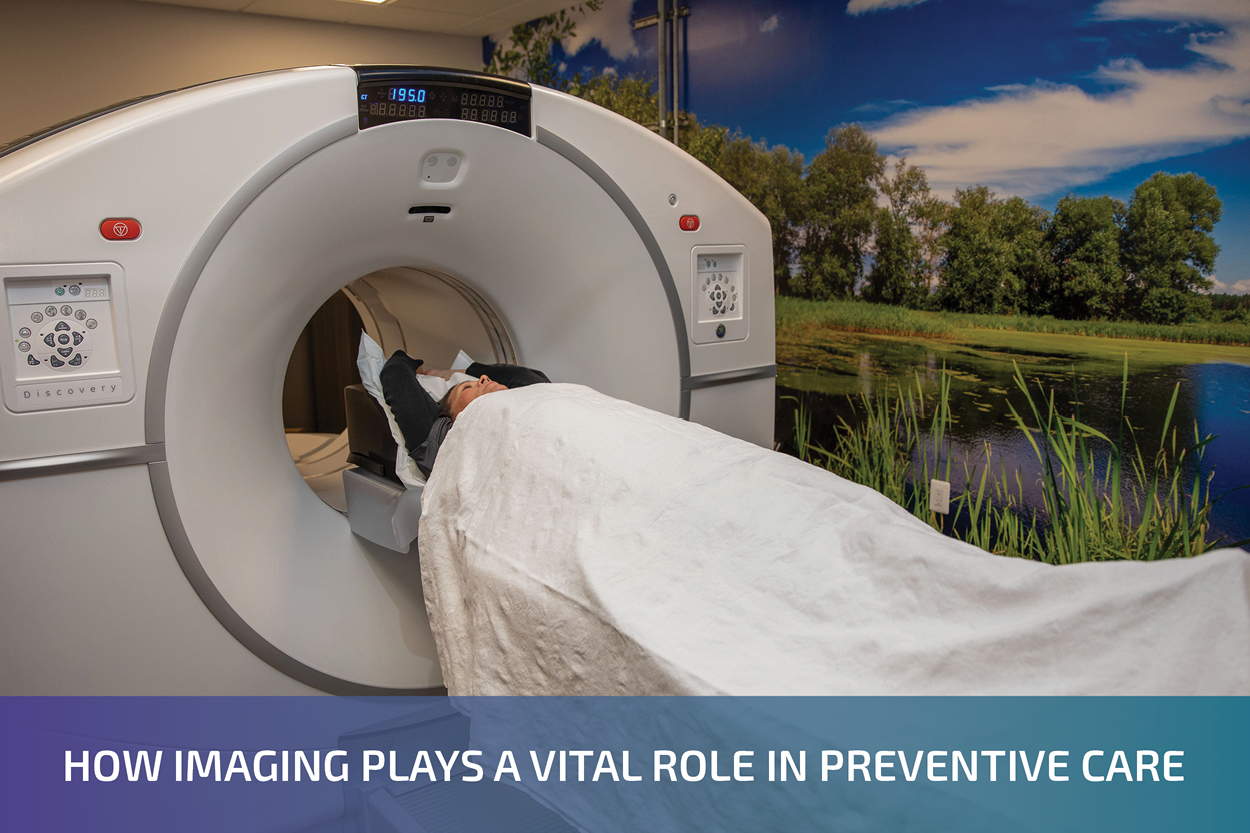How Imaging Helps in the Detection and Monitoring of Cancer
Medical imaging has emerged as a powerful and indispensable tool in the detection and monitoring of cancer. Its contributions to early detection, accurate diagnosis, and effective monitoring have led to significant improvements in patient outcomes.
Early detection is paramount in successfully treating cancer, and medical imaging techniques such as mammography, CT scans, and MRIs have proven instrumental in identifying cancer at its earliest stages when it is most treatable. For instance, mammograms play a critical role in detecting breast cancer, enabling prompt intervention and potentially life-saving treatments. By harnessing the capabilities of imaging technology, healthcare providers can identify tumors or abnormalities even before symptoms manifest, providing patients with the best chance for successful outcomes.
Moreover, imaging plays a pivotal role in accurately diagnosing cancer by providing crucial information about its location, size, and stage, which guides treatment decisions. Advanced techniques like PET-CT scans allow the visualization of metabolic activity in the body, aiding in differentiating between benign and malignant tumors, as well as detecting metastases. This precise information empowers healthcare professionals to develop individualized treatment plans tailored to each patient's specific characteristics, maximizing effectiveness and minimizing unnecessary interventions.
In addition to diagnosis, imaging technology assists in planning and monitoring cancer treatment. Real-time visualization provided by MRI and ultrasound allows physicians to accurately target radiation therapy and guide surgical interventions by visualizing tumors and surrounding tissues. Furthermore, imaging helps evaluate treatment response, enabling timely adjustments if necessary and ensuring optimal outcomes.
Cancer survivors require ongoing monitoring to detect potential recurrences or new tumors after successful treatment. Imaging plays a pivotal role in surveillance, providing regular follow-up exams such as CT scans or MRIs. These imaging exams can detect any changes or abnormalities, enabling early intervention. Continuous monitoring ensures survivors remain cancer-free and facilitates prompt intervention if cancer reoccurs.
The field of medical imaging continues to evolve, leading to ongoing research and advancements. With its pivotal role in early identification, precise diagnosis, and efficient monitoring of cancer, imaging technology continues to contribute significantly to the fight against this disease. Its continued development holds great promise for further improving patient outcomes and enhancing our ability to combat cancer effectively.

